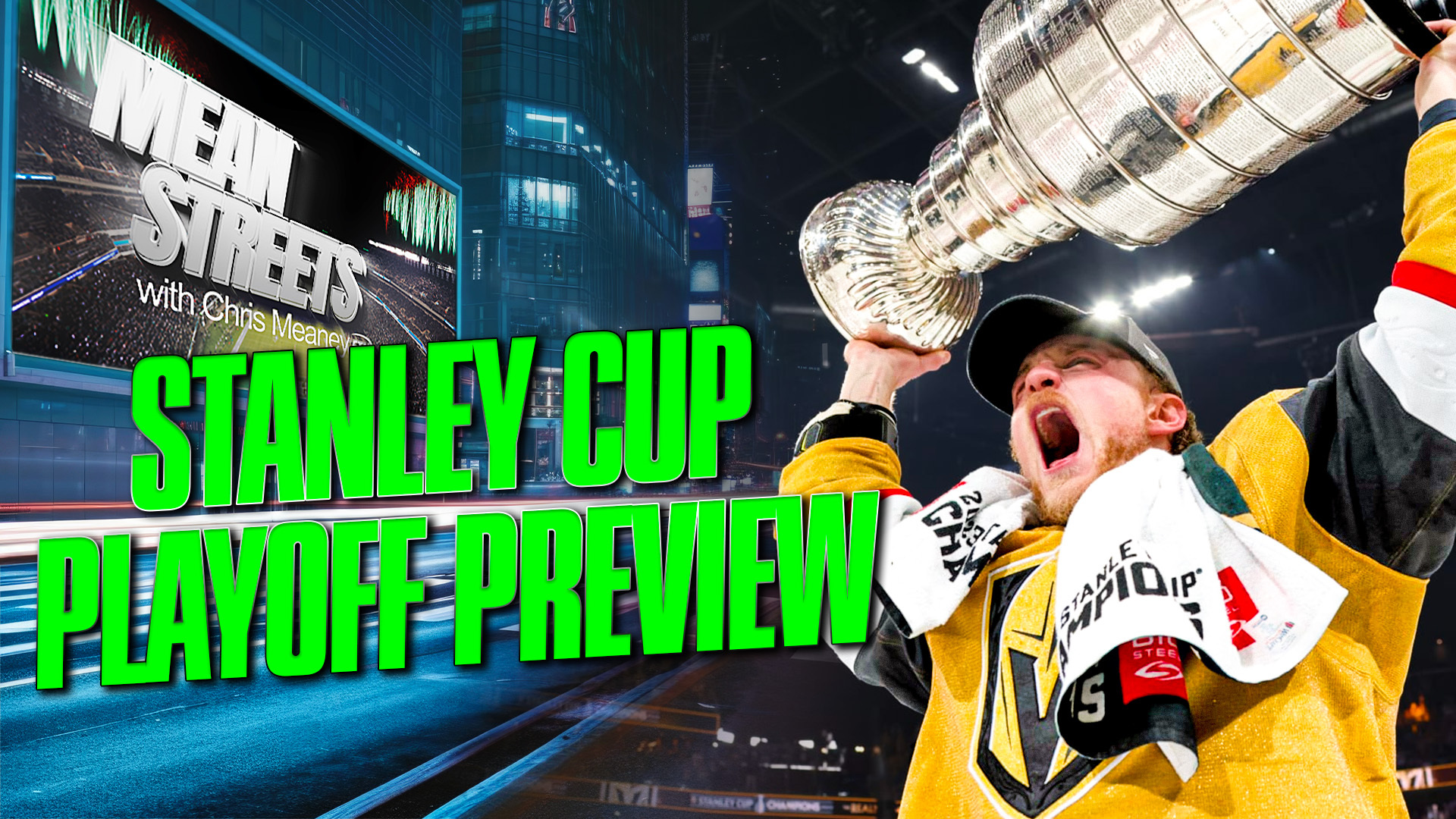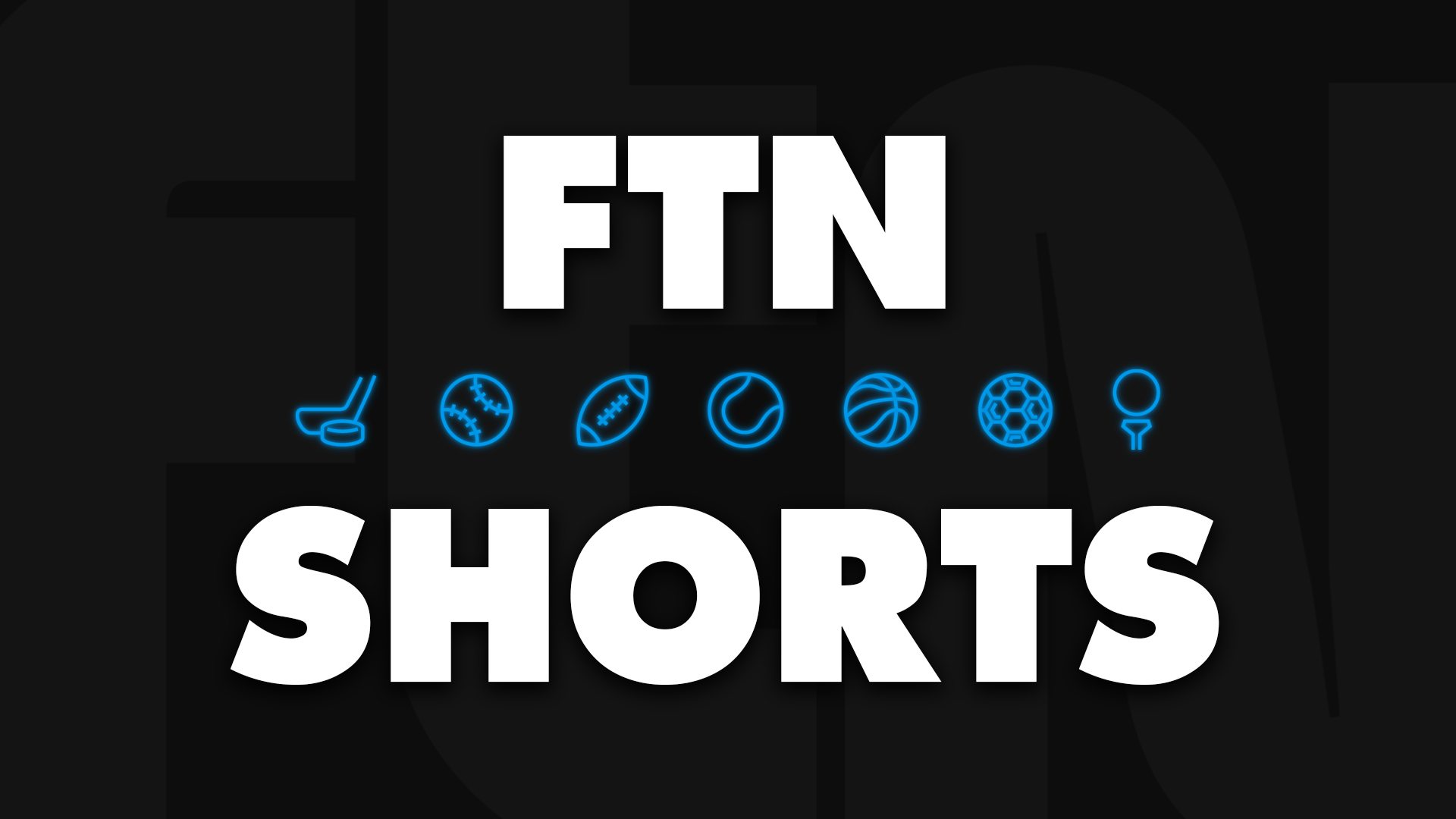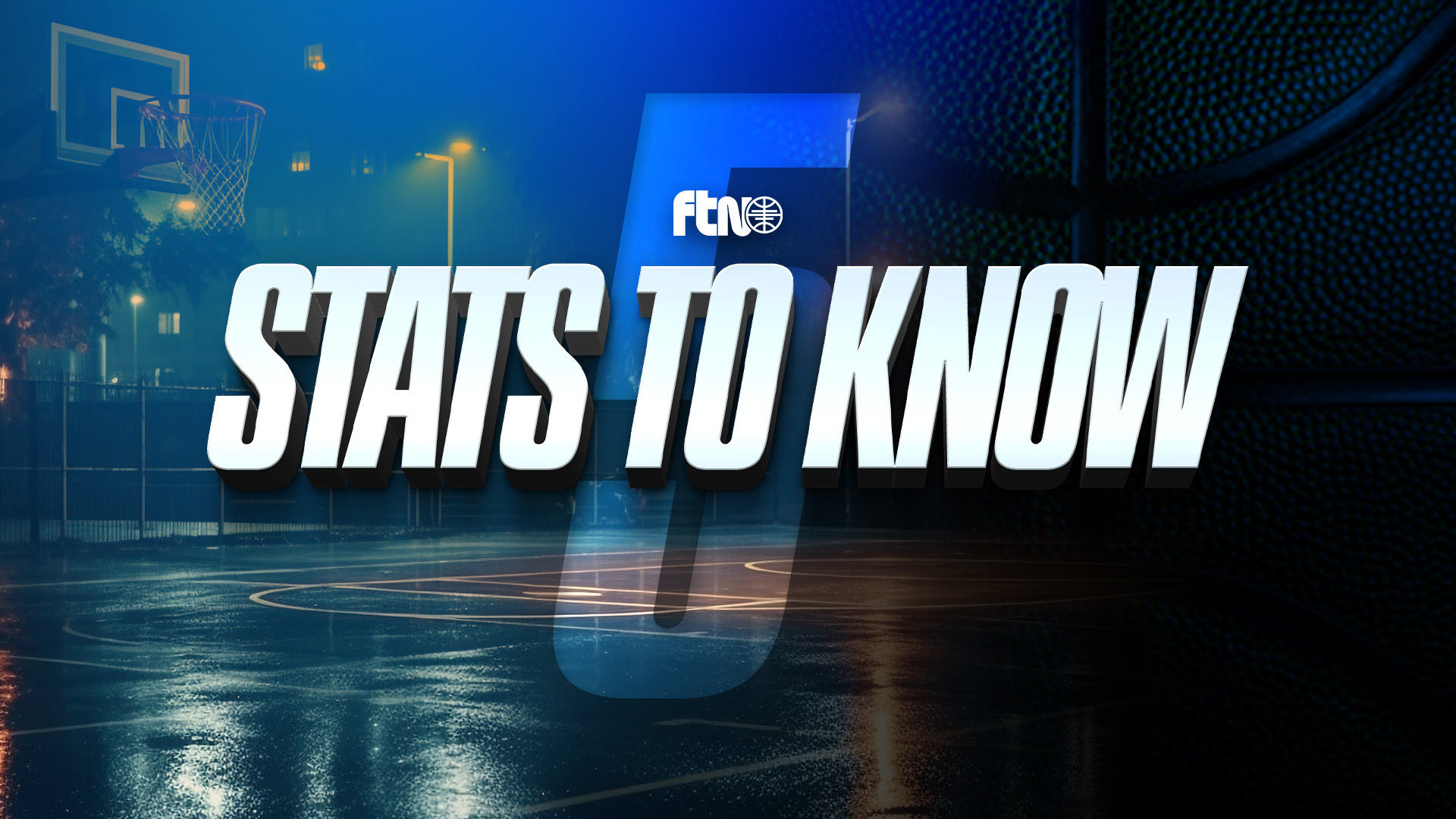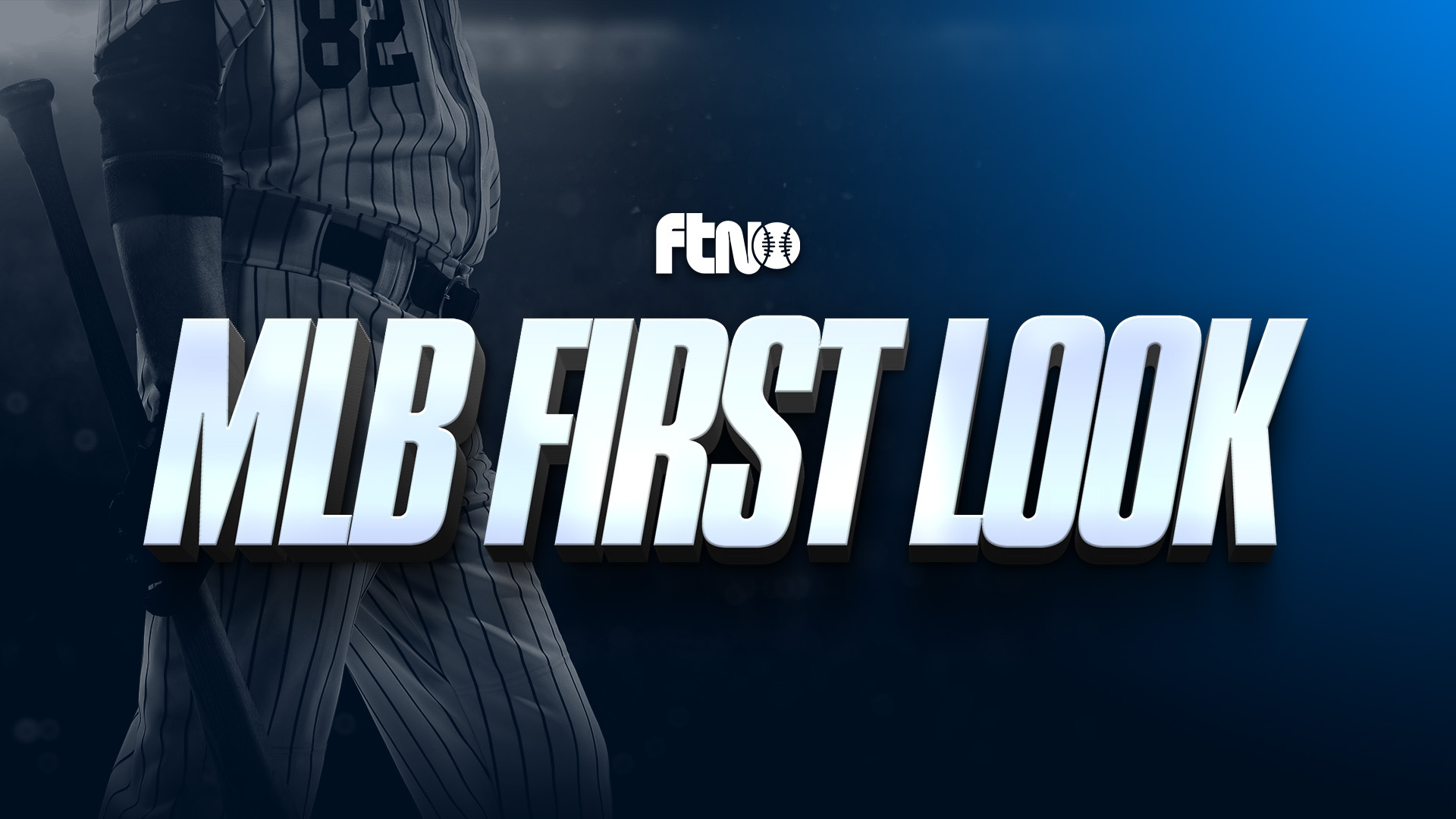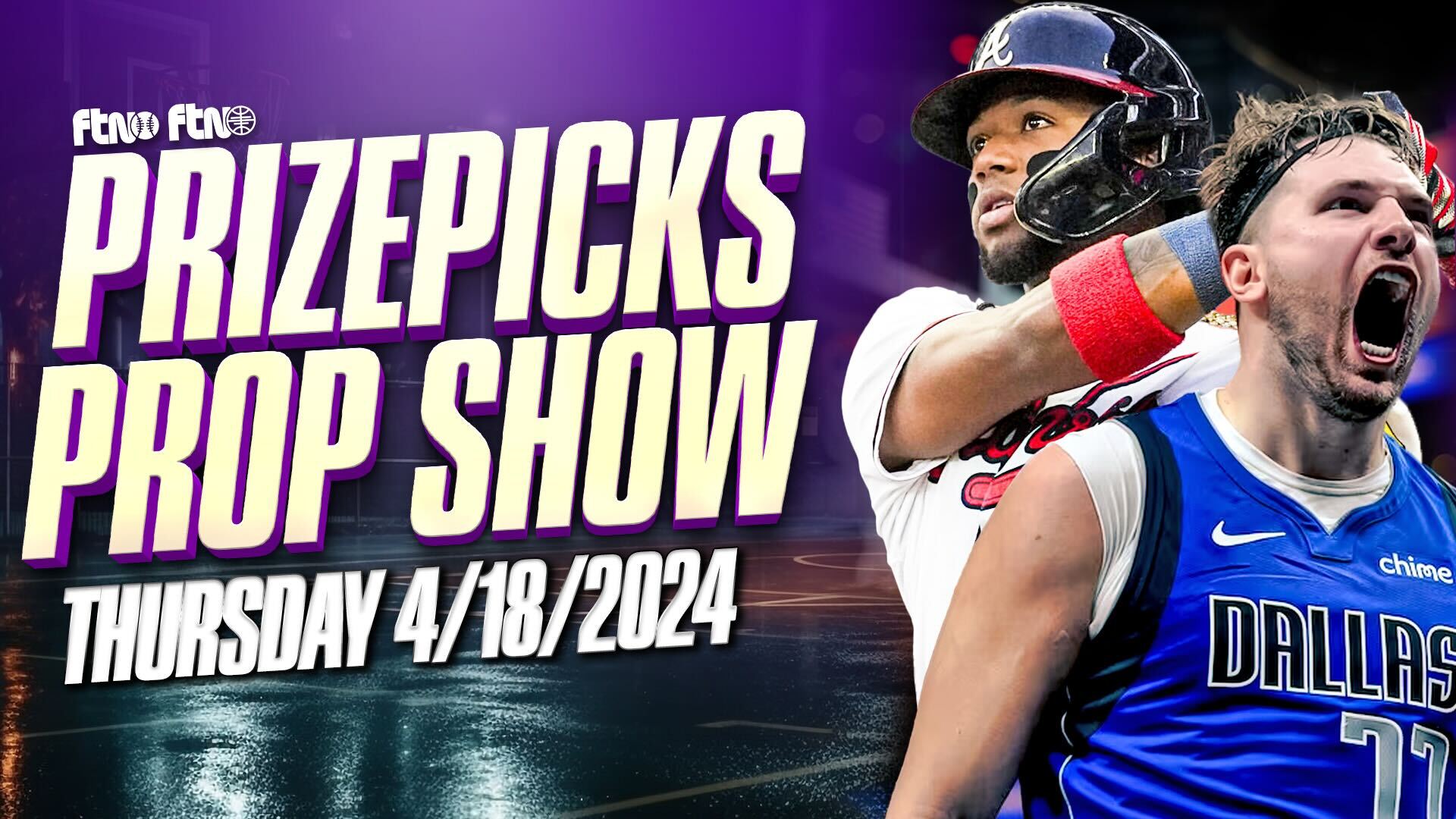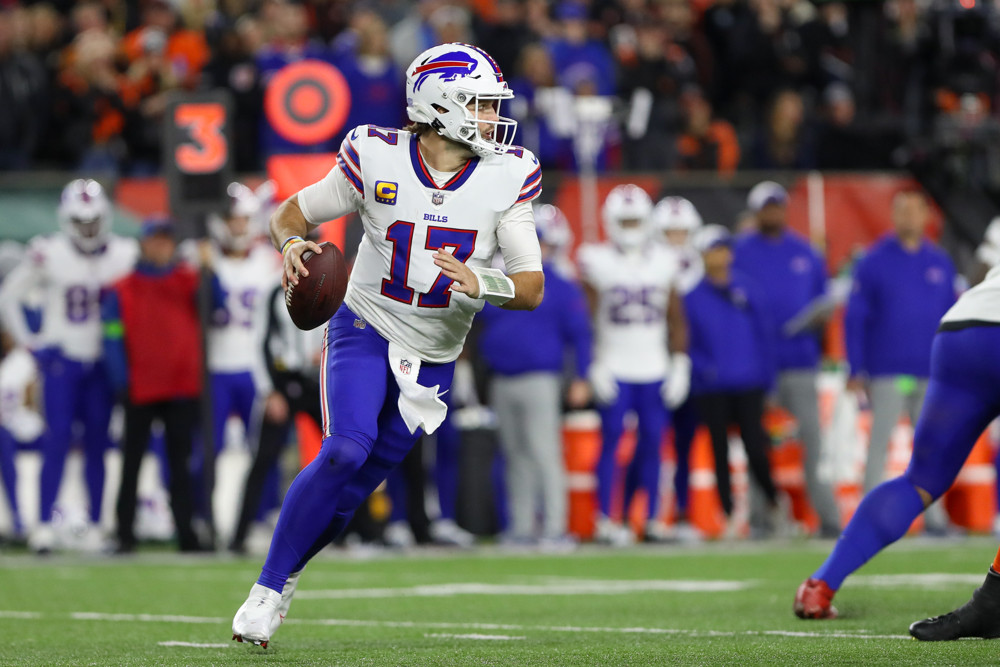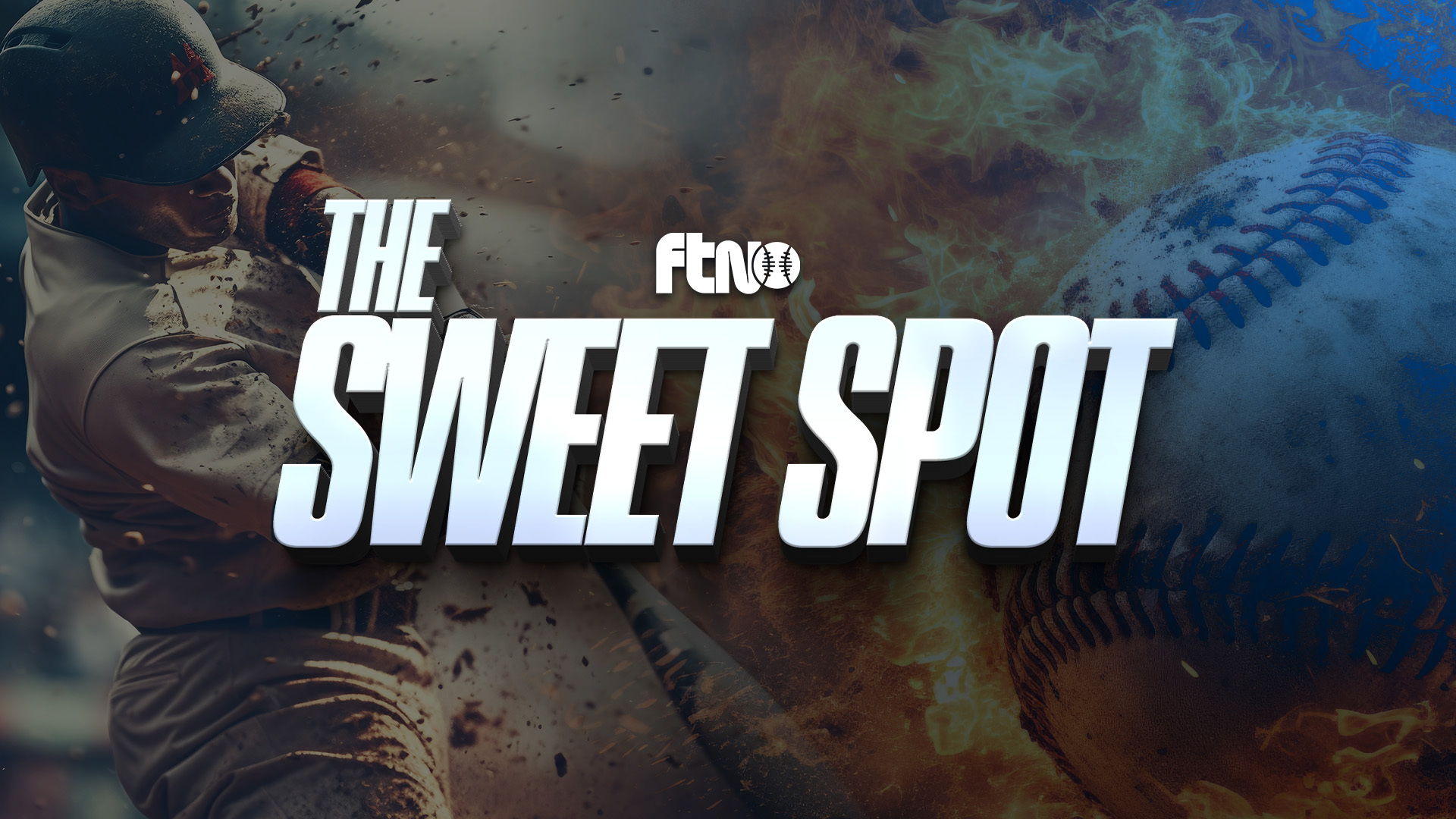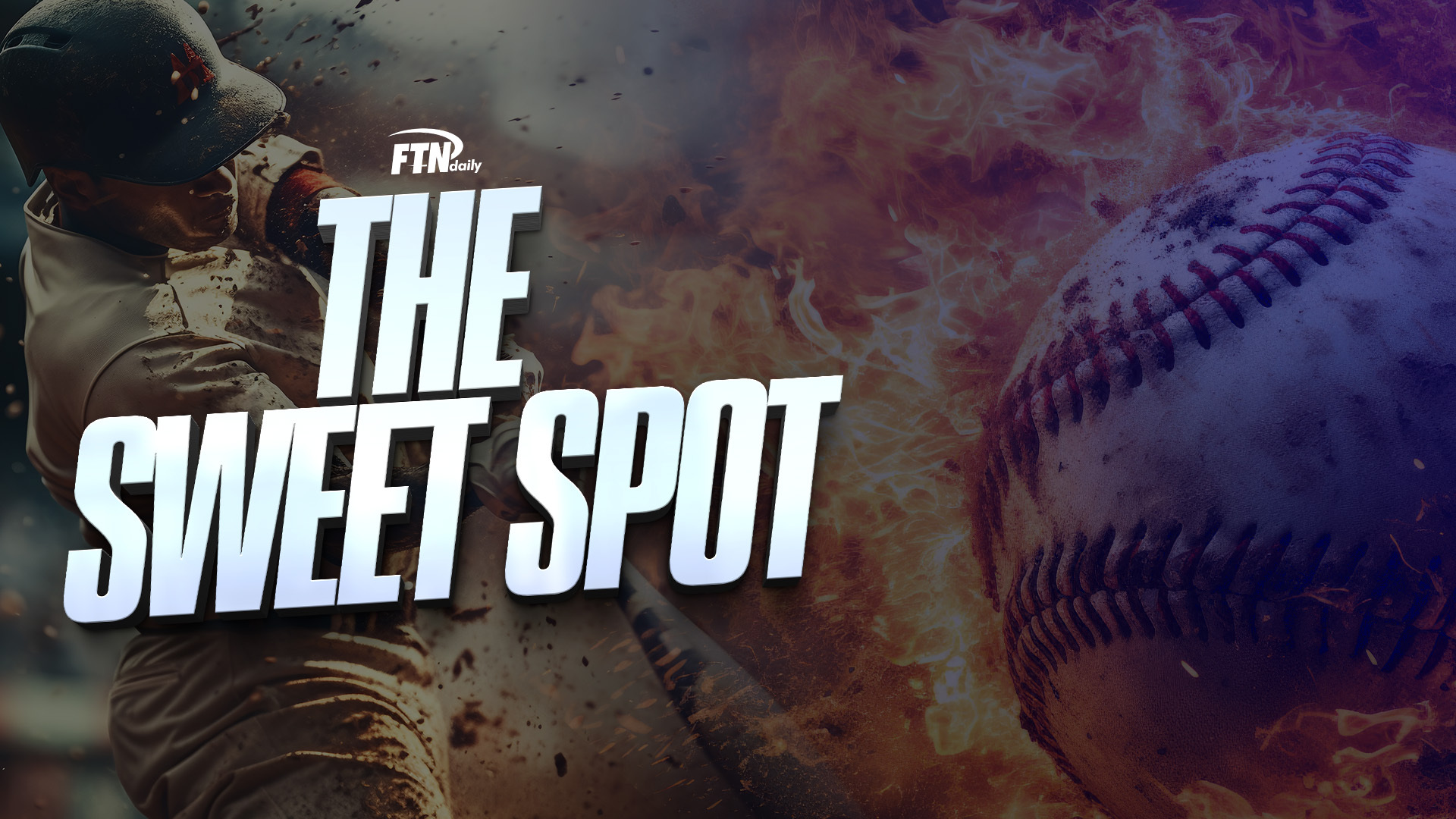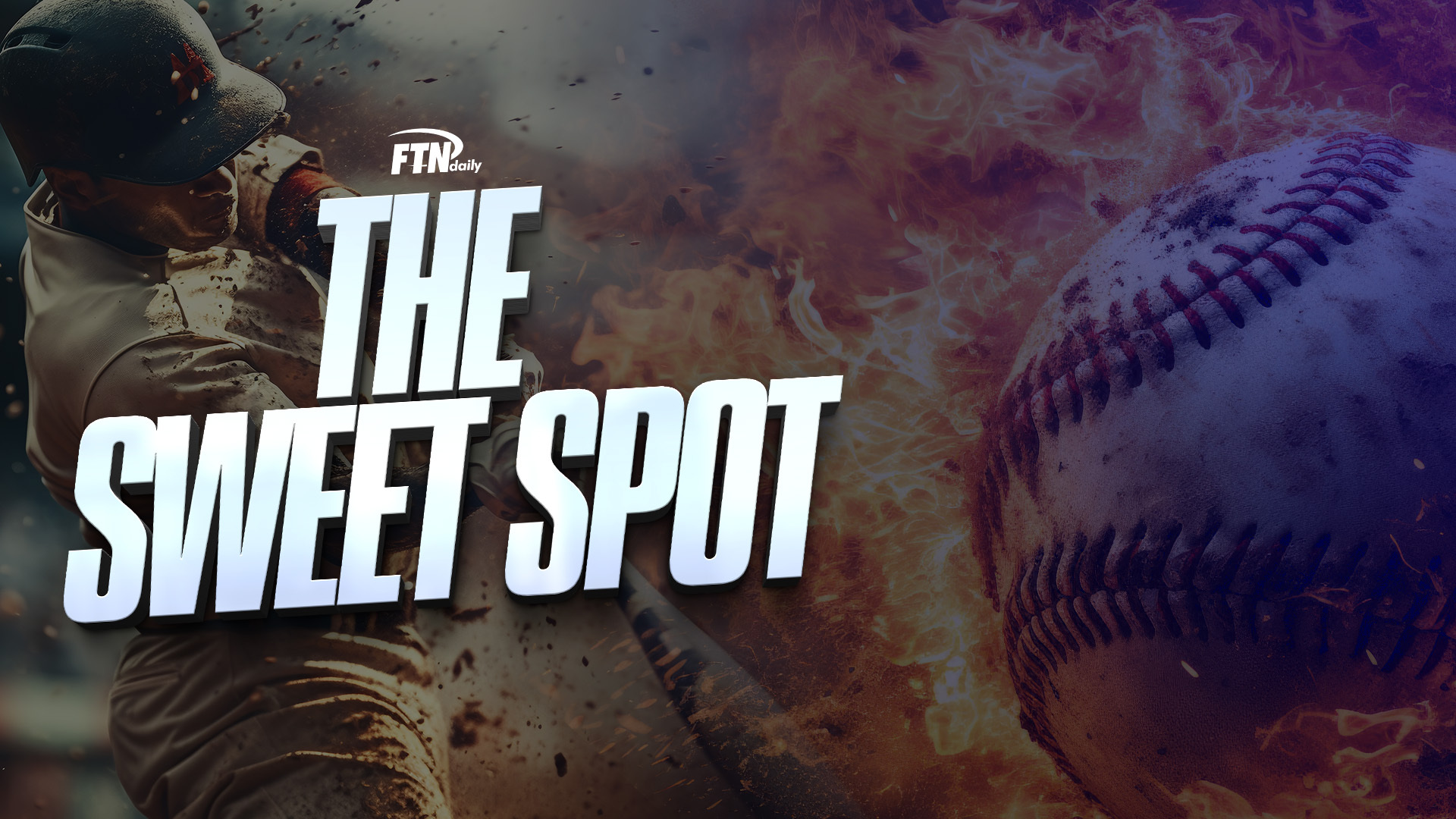
In the words of the inimitable Willy Wonka, “So much time, and so little to do; Wait. Strike that, reverse it.” What once felt like an eternity to develop stats, rankings and stratagems, the fantasy baseball offseason has now achieved a 12-month life cycle with the inception of other formats. That includes things like best ball, now a critical part of my extensive baseball portfolio. Today, we’ll do a short introduction to the game itself, why it fits into a successful blueprint and lastly, I’ll provide a couple of quick tips to give you an instant leg up on the competition.
If you’re unfamiliar with the game, it’s a brilliant way to get live money on exposure toward fantasy baseball without any of the burdensome in-season management that turns away so many players (available as low as $10 in a 50/50 payout structure). Essentially, it’s all of the fun without any of the encumbrances; A point version of fantasy baseball requiring no postdraft work that ends with the conclusion of a very deep draft (generally 40-plus rounds). There are no adds, drops, trades, waivers or setting lineups. This opens the door to volume play without sacrificing time managing a team, since there is not only a finite amount but also diminishing returns with greater sacrifice.
To clarify a bit on scoring for those who are new to the concept, per Fantrax (the provider of my preferred format), ‘’Your fantasy team is comprised of real-life MLB players, and the statistics that those players accumulate are based on their real-life performances throughout this contest. Several statistical categories are tracked, and each one is assigned a specific point value. The fantasy points from the top players on your roster are then totaled to give your team its overall point total for each period. The team with the highest accumulated point total at the end of the season wins.’’ So essentially you draft and walk away. The computer will automate your best possible lineup while staying within positional requirements. Set it and forget it.
Aside from the aforementioned benefit of zero in-season management, best ball also allows for a very interesting opportunity regarding profit. Each major best ball provider offers a 50/50 payout structure where the top five of 12 teams double their money and sixth place breaks even. Suddenly if we can find ourselves in the top 50th percentile more than half the time, we can establish an annual revenue stream simply by monetizing our research in this manner. I can speak from personal experience that this is not merely realistic, but actionable. Improper plans are often deployed by less prepared players, and unforced errors sometimes lead to disastrous auto picks. Our job (outside drafting the best players) is to eliminate those outcomes.
I also see best ball as an incomparable path toward perhaps the most critical aspect of gaining an edge in this age of infinite and instantaneous information: Control of the late player pool. I’ve always been fascinated by the way fantasy sports often emulate trading markets (hence my “MLB Moving Averages” moniker), and winter drafts are no different. If we were to view each player as a vehicle similar to a stock, then our true range charts would show greater variance in price the further away from Opening Day we drafted. These fluctuations in ADP represent the market serving its primary function of price determination, and it’s here that we can not only realize closing line value on players we feel will rise in cost but sharpen our understanding of relative supply by position deep into drafts. Simply put, mastery of the back end of the player pool and the availability of production had there, can and should shape your earlier decisions. For example, you may determine after a few best balls that you could acquire outfield talent at a value extremely late, except your roster slots were already filled. Remember, roster construction on winning teams is predetermined by position. This understanding may lead you away from that first-round outfielder and towards something less easily replaced later on. A fantasy draft, particularly one that can’t be supplemented with players during the year must be poked and prodded for every advantage.
One of those primary advantages is maintaining a full roster and avoiding taking zeroes as the war of attrition rages on throughout the summer months. Proper roster construction is paramount, and in my humble yet experienced opinion, these leagues are won and lost after the starting slots are filled. A favorite technique of mine (one I will attempt to revisit in full) is to pair correlative picks together in the form of platoons or handcuffs. Limited roster space and a marathon season force the best players’ eyes downrange while drafting; No pick should be made in a vacuum.
An example of a late pairing with tremendous potential for production can be found in the Colorado outfield — Raimel Tapia (ADP 276), Kevin Pillar (ADP 342) and Sam Hilliard (ADP 381) should combine for a very productive season in a best ball format. A wonky 2020 plus the general uncertainty surrounding playing time in Denver has suppressed the cost of this tandem with a very high ceiling. Remember, we don’t have to choose who to start or when, so come August in Coors Field there’s a possibility for elite production on a per-game basis from picks made from what would normally be your bench. Being aware of these late combinations again must become part of the calculus applied earlier on to maximize finite roster slots.
Another favorite tip of mine stems from a very simple piece of advice that transcends fantasy sports: Knowing the rules. People often engage in competitive risk ventures without first reading the instructions, an obvious misstep. This specific issue manifests itself in many player’s reliance on the provided ADP, which early on is based on roto, which disproportionately weighs stolen bases and batting average when compared to points. The adjustment for stolen bases is easy — discount, but don’t completely ignore. They are worth points and lead to runs, but they aren’t nearly as determinative as when playing category-based games. The adjustments for batting average are a bit starker, but not too difficult. Best balls score by points, which to oversimplify a touch makes them on-base leagues to a degree. Some formats even subtract points for at bats so walks — often overlooked and discounted in roto — become a prized attribute here. What’s the simplest way to identify these individual players that are likely being overlooked? Finding the largest disparities in OBP and AVG. I took the liberty of providing the leaderboard below to get you started. I hope you’re intrigued if you’ve never played, and even more confident having read this if you do. Good luck.
|
Name |
OBP |
AVG |
|
|
0.314 |
0.103 |
0.211 |
|
|
0.360 |
0.162 |
0.198 |
|
|
0.393 |
0.200 |
0.193 |
|
|
0.355 |
0.184 |
0.171 |
|
|
0.355 |
0.193 |
0.162 |
|
|
0.406 |
0.250 |
0.156 |
|
|
0.346 |
0.190 |
0.156 |
|
|
0.379 |
0.225 |
0.154 |
|
|
0.420 |
0.268 |
0.152 |
|
|
0.356 |
0.205 |
0.151 |
|
|
0.373 |
0.222 |
0.151 |
|
|
0.364 |
0.214 |
0.150 |
|
|
0.347 |
0.197 |
0.150 |
|
|
0.349 |
0.199 |
0.150 |
|
|
0.366 |
0.224 |
0.142 |
|
|
0.344 |
0.202 |
0.142 |
|
|
0.387 |
0.246 |
0.141 |
|
|
0.490 |
0.351 |
0.139 |
|
|
0.331 |
0.192 |
0.139 |
If you have any comments, questions, pushback or ideas for expansion (on this subject or anything else fantasy baseball), feel free to contact me on Twitter @MLBMovingAvg.

